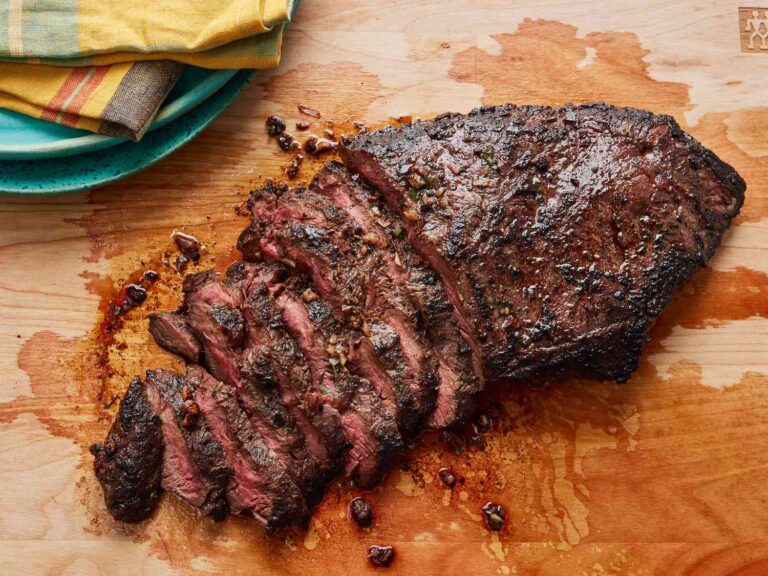De-boning fish can be tricky, but with a little practice, you’ll master it. Here’s a simple step-by-step guide:
1. Start by preparing your workspace:
Place the fish on a clean, non-slip cutting board.
Use a sharp, flexible fillet knife for precision.
2. Remove the scales (if needed):
Hold the fish firmly by the tail and scrape the scales off using the back of a knife, moving against the grain.
Rinse the fish to remove loose scales.
3. Cut off the head and tail:
Position the knife just behind the gills and slice through to remove the head.
Repeat at the base of the tail.
4. Slice along the backbone:
Lay the fish flat with its belly facing you.
Starting at the head end, make a shallow incision along the backbone down to the tail.
5. Remove the fillet:
Gently work the knife along the rib bones, keeping the blade angled slightly downward to follow the contour of the bones.
Lift the fillet away as you cut.
6. Check for pin bones:
Run your fingers along the flesh to feel for any remaining small bones.
Use tweezers or fish pliers to pull them out.
7. Repeat for the other side:
Flip the fish over and repeat the process to remove the second fillet.
Some species, like salmon or trout, have finer pin bones and may need extra attention during de-boning


